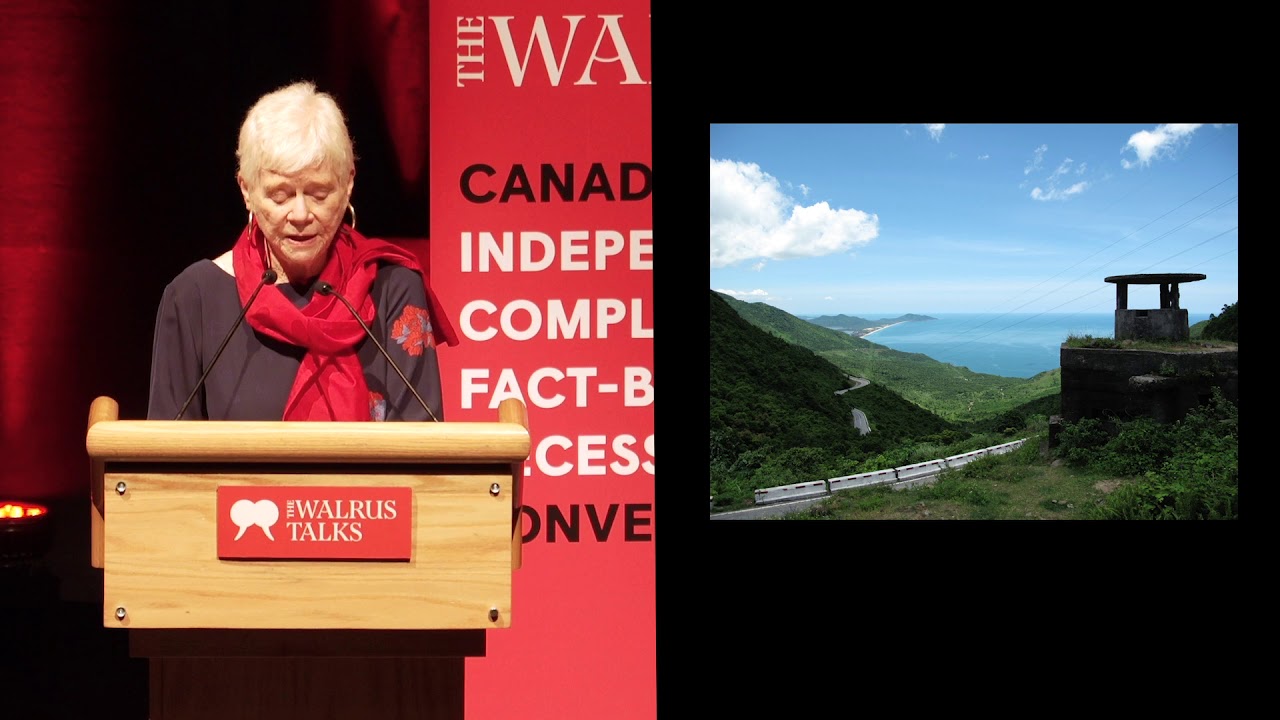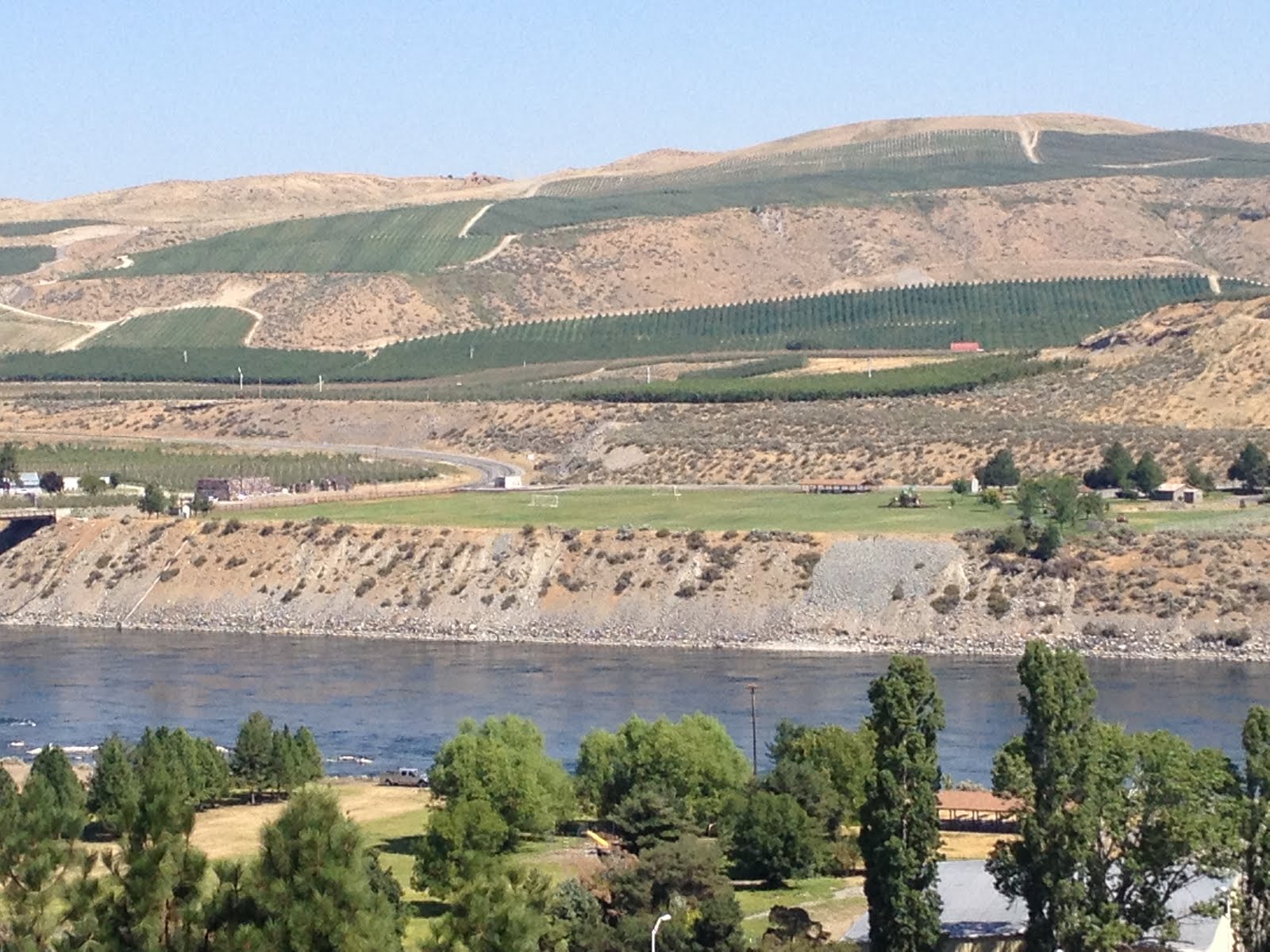Katia Grubisic starts her review interview in the MRB: "Mary Soderstrom might just be my new favourite writer. She’s been writing for years, and we’ve been reading her for years, but meeting her reveals an energy that is contagious, and a humility that should be. Soderstrom in person is as unassuming, open, and delightful as she is erudite and elegant on the page.... "
The book is available through your favourite independent book store, and on-line from McNally-Robinson, Chapters-Indigo, Amazon.ca and Amazon.com.
What the book is about:
Ever since humans stood up and walked they have left tracks across the landscape. From the footprints that a trio of pre-humans left in soft volcanic ash 3.6 million years ago in East Africa to a newly completed inter-oceanic highway in South America, we change things wherever we travel. These marks--be they dirt packed down by thousands of passing feet, or roads engineered to carry messengers, armies, goods and people-- frequently outlast the societies that built them. Even though we linger only a flicker of time in the long history of this planet, the effects of our travel long outlive us.
We are engineered to think in short stretches of time, however, so the long run almost always escapes us. How to reconcile our own sprints through time with the marathon we ought to consider? That is the double subject of Road through Time.
To explore this, a map of where such an adventure might take us is necessary:
In Bottleneck on the Road from Eden, this book will take a look at the way our ancestors traveled on foot for unbelievably long distances. Beginning with the tricky crossing from Africa to the Eurasian continent, we'll discover how humans were fruitful and multiplied, peopling the rests of the earth in perhaps 10 or 12 thousand years.
Humans' impact on the landscape was minimal for eons, until they mastered fire, tamed beasts of burden, began to grow crops and faced the forest that bordered the plains where they had prospered. Into the Trees tells this story.
Then as population centres grew and trade increased, the paths people took wore more deeply into the land. Because trade goods had to be transported by animals or humans, only the very precious were worth the effort. The Things They Carried tells the story of these trade routes, beginning with the Obsidian Roads and the Lapis Lazuli road in Asia.
With increasing population and excess production, more complicated social organization meant greater intergroup conflict. Warriors' Roads explores the routes built by emperors from Persia to the Andes, vestiges of which we can see today, and along whose tracks many of us still travel.
Although this is a book about roads, travel by water must not be ignored. It goes back as a far as those first steps out of Africa, but it came into its own as trade demand increased. Without help from machines, it is much easier to move goods and people on water than it is over land. Across the Water tells how sea and river trade routes developed, and how canals were built where rivers didn't run, until the great population crescendo that saw millions of people take to ships to exploit and settle new found lands.
This "New World" wasn't uninhabited, despite what explorers from Europe thought. Mystery Roads follows the paths taken by adventurers out of Asia into the Western Hemisphere. This is a story that new scientific techniques are rewriting.
The Revenge of the Road chronicles the massive road building of the 19th and 20th century, including the growth of cities, and dependence on first railroad and then internal combustion vehicles.
In Speeding we collide with the disaster wrought by our roads and the vehicles that run on them. Our sprawling cities designed--or redesigned-- for the automobile are a big part of the problem. Two ways to deal with that are explored in visits to Curítiba and Brasília in Brazil.
The book ends with On the Road II, a second trip by bus, this one across the Andes from Cusco, Peru, to Rio Branco, Brazil on the new Interoceanic Highway. From footpaths to roads opening wilderness, the trip gives a front row seat on massive changes taking place throughout the world. In the distance we'll see the end of our collective travel on this fragile planet--or, conversely, a future that will allow us to continue moving onward.



No comments:
Post a Comment